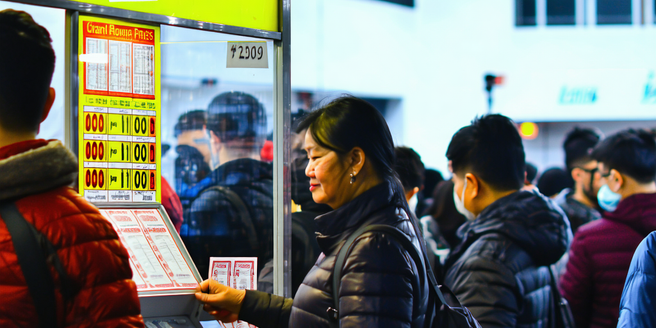
Understanding the Appeal of Sweepstakes
Sweepstakes and contests hold a unique allure for many people, deriving their appeal from a mix of hope, excitement, and the thrill of possibility. The idea of obtaining something valuable with minimal effort plays heavily into the human tendency to engage with uncertain rewards. The slight time investment required to enter a sweepstake is often dwarfed by the perceived benefit of potentially winning a prize, which activates anticipation and positive emotions. Furthermore, the marketing of these events often taps into individual dreams and aspirations, providing a glint of possibility in one’s everyday life. The accessibility and sheer variety of sweepstakes available also fuel ongoing participation, as each new contest presents another chance to win, keeping participants engaged and hopeful over extended periods.
The Emotional Drivers Behind Entering Contests
The act of entering sweepstakes is deeply tied to various emotional motivators. The primary driver is often hope, as participants are inspired by the possibility of changing their circumstances with a simple entry. This hope can be a temporary escape from day-to-day life, offering excitement and suspense as participants await results. Beyond hope, there’s a sense of achievement and validation, even in entering, as people tend to view themselves as ‘in the running’ for something significant. Additionally, participation can be an act of self-expression, as individuals choose contests that resonate with their personal interests or desires. Finally, the emotional boost from potentially telling others about a win plays into social desires for recognition and status within their communities.
Cognitive Biases That Influence Participation
Sweepstakes participation is heavily influenced by cognitive biases that shape decision-making. One significant bias is the ‘availability heuristic,’ where the prominence of advertising and personal anecdotes of past winners heightens the likelihood of imagining oneself as the next winner. The ‘optimism bias’ also plays a role, as individuals overestimate their chances of winning despite odds that are largely unfavorable. Furthermore, the ‘sunk cost fallacy’ can keep participants engaged, as time and effort already invested in entering contests create an illusion of increasing their potential returns. Additionally, the ‘endowment effect,’ where people overvalue the possibility of owning something they don’t yet possess, spurs continued participation. Marketers leverage these biases, fostering beliefs that winning is more obtainable than it is realistically.
The Role of Social Influence and Peer Pressure
Social influence significantly impacts sweepstakes participation, as peer pressure and group dynamics can drive individuals to enter contests. The act of sharing entries or news of potential wins on social media creates a communal experience that others feel compelled to join. Seeing friends or family participate may normalize and encourage entry, especially if a social network showcases positive results or ubiquitous participation. The fear of missing out (FOMO) enhances this effect, as individuals worry they’ll be excluded from winning experiences shared within their community. Additionally, marketers often employ tactics that play on social influence, such as referral systems or group entries, which both increase individual entries and expand reach through communal channels.
How Marketers Leverage Psychology to Attract Participants
Marketers skillfully use psychological tactics to attract individuals to sweepstakes, tapping into emotions and biases that drive human behavior. They often create a sense of urgency with deadlines, reinforcing the ‘fear of missing out’ and compelling immediate action. Prize imagery and descriptions are crafted to evoke strong emotional responses, appealing to participants’ desires and aspirations. Additionally, marketers utilize social proof by highlighting past winners, thus instilling an air of attainability. The use of promotions and exclusivity tactics also generate excitement and exclusivity, enticing individuals to participate based on perceived scarcity. All these methods capitalize on cognitive biases and emotional triggers to create a magnetic appeal, drawing in large audiences with the allure of winning.
